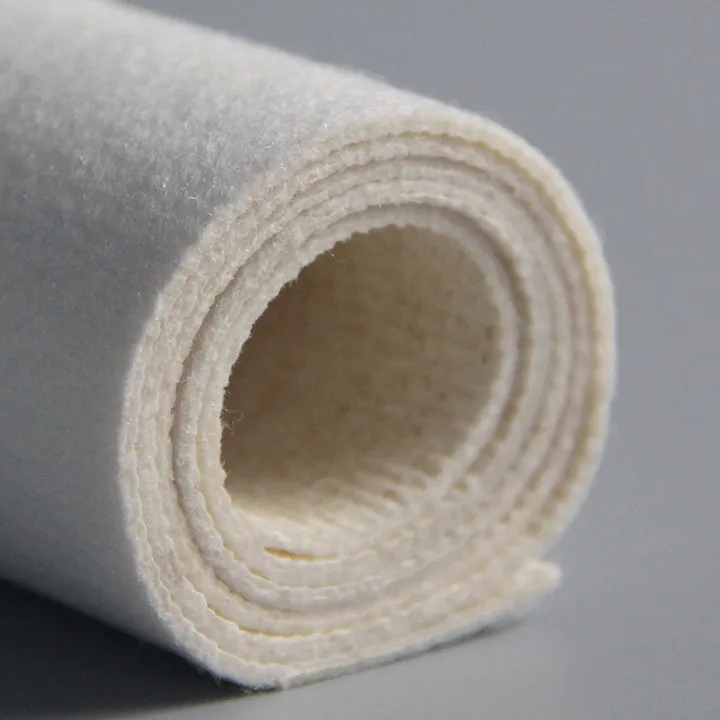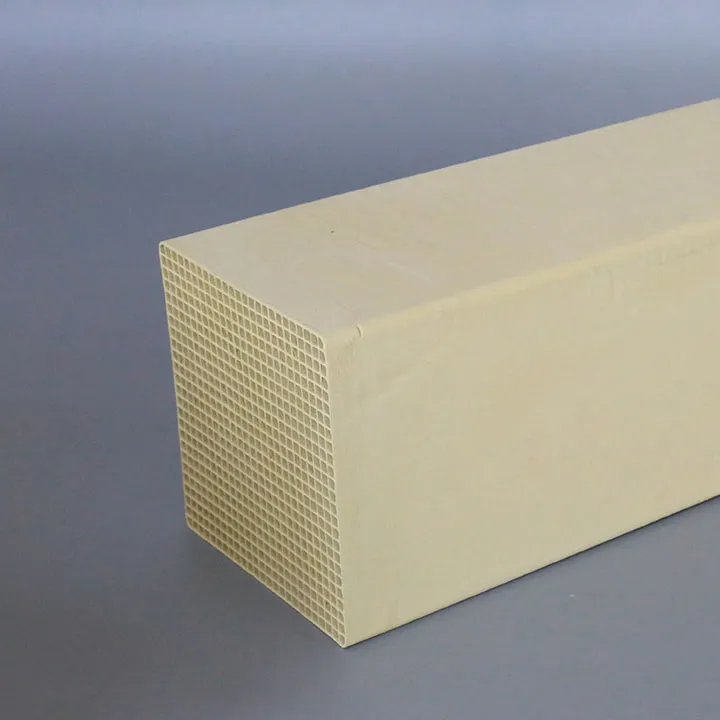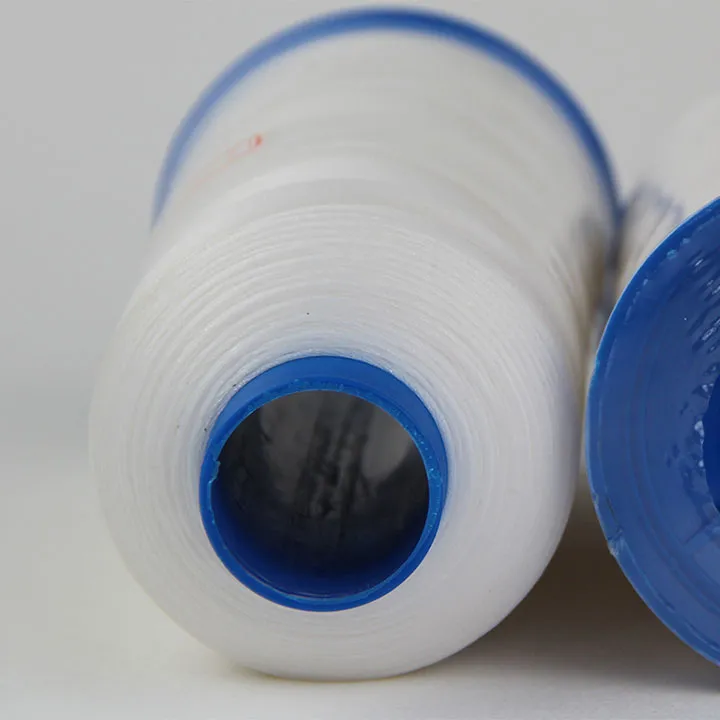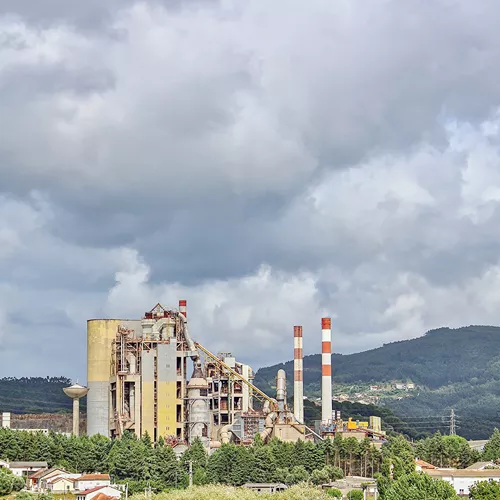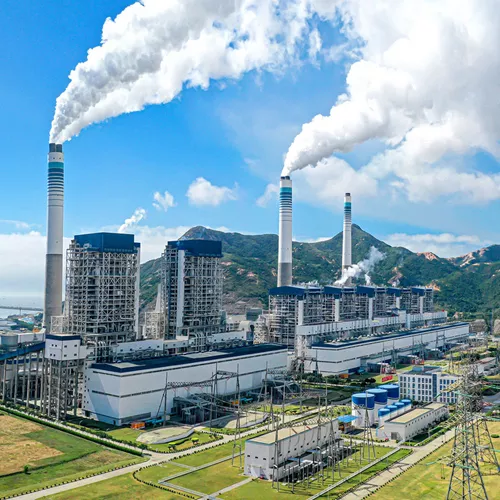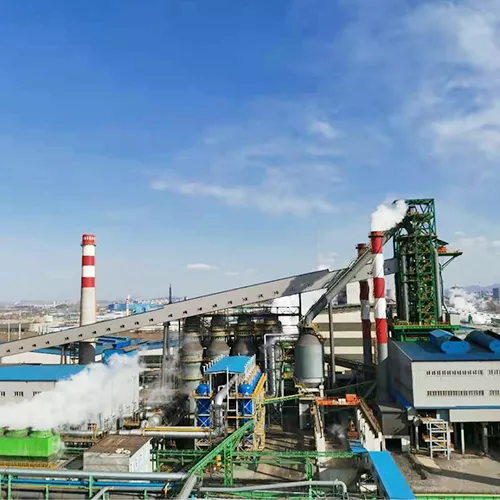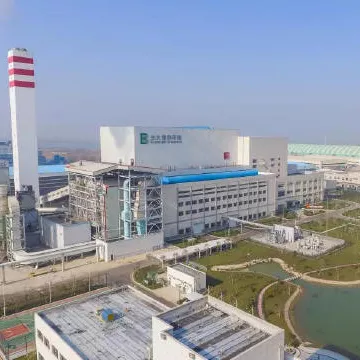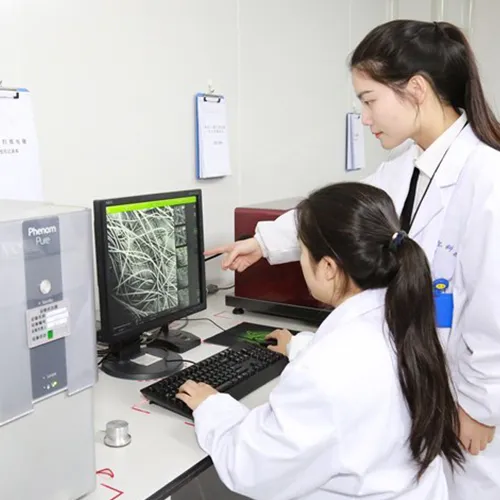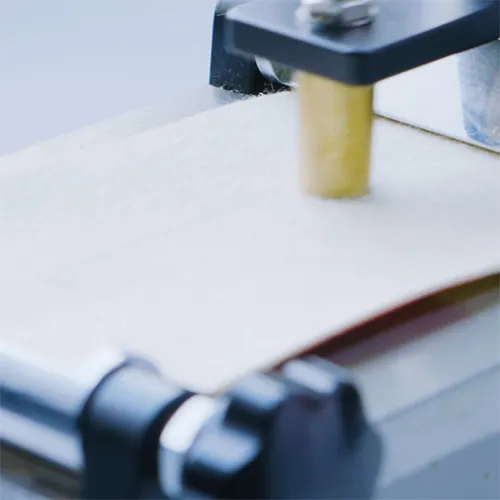Filter Fabric: 3 Key Factors for Dust Collection Efficiency | Yuanchen
Filter Fabric: Essential Factors for Optimizing Dust Collection Efficiency
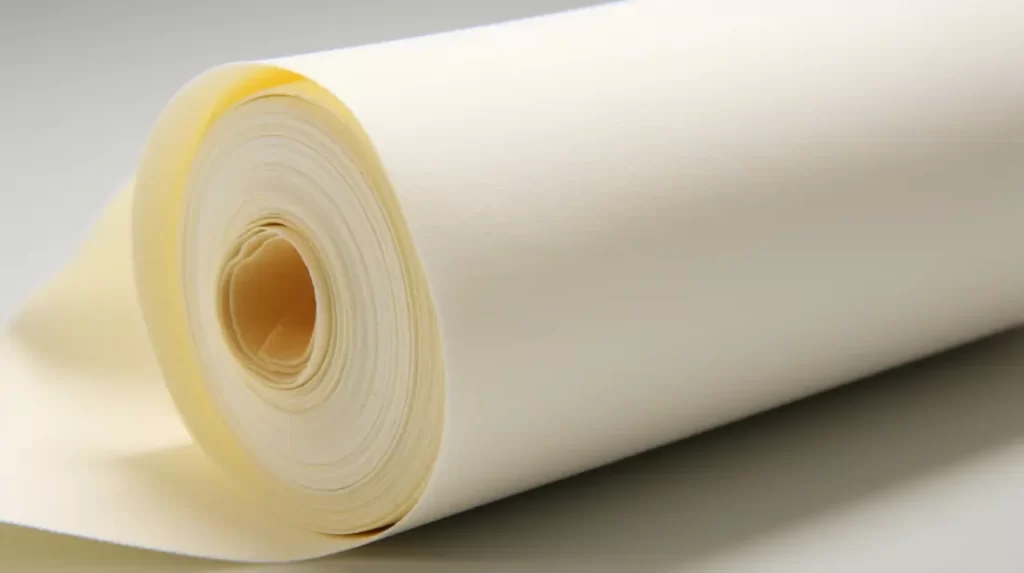
Understanding the key factors that influence filter fabric performance is crucial for maximizing dust collection efficiency.
Porosity and Air Permeability
Porosity and air permeability determine the fabric’s ability to allow airflow while capturing dust particles, directly impacting efficiency and pressure drop.
Influence on Dust Collection Efficiency
Porosity, measured as the percentage of open space in the fabric, dictates the amount of airflow it allows. Higher porosity enables greater airflow, reducing pressure drop and ensuring sufficient dust removal. Conversely, lower porosity limits airflow, increasing pressure drop and potentially compromising collection efficiency.
Air permeability, measured in cubic feet per minute (CFM) per square foot of fabric, indicates the fabric’s resistance to airflow. A fabric with higher air permeability allows more airflow at a given pressure drop, promoting efficient dust collection. In contrast, lower air permeability restricts airflow, increasing pressure drop and hindering efficiency.
Optimization Strategies
Optimizing porosity and air permeability involves striking a balance between airflow and dust capture. For applications requiring high airflow and low pressure drop, fabrics with higher porosity and air permeability are suitable. Conversely, applications with higher dust loads and finer particles may benefit from fabrics with lower porosity and air permeability to minimize dust penetration.
By carefully considering the specific requirements of the dust collection system, selecting a filter fabric with appropriate porosity and air permeability characteristics ensures optimal efficiency and system performance.
Fiber Material and Construction
The type of fiber material and fabric construction affect durability, resistance to chemicals and temperature, and overall efficiency.
Types of Fiber Materials
The choice of fiber material for filter fabric depends on the specific application requirements. Common materials include:
– Polyester Needle Punched Fabric: Known for its strength, durability, and resistance to abrasion and moisture, making it suitable for general-purpose dust collection.
– Aramid Needle Punched Fabric (Nomex): A synthetic fiber with excellent heat resistance and flame retardant properties, ideal for high-temperature applications.
– Fiberglass Needle Punched Fabric: Chemically resistant and can withstand high temperatures, making it suitable for applications involving corrosive or hot gases.
Source Your Filter Fabric from a Reliable Manufacturer
Choosing the right filter fabric supplier is crucial for ensuring the efficiency and longevity of your dust collection system. With nearly 20 years of experience in the industry, Yuanchen has established itself as a leading manufacturer and supplier of high-quality filter fabrics.
Impact of Fabric Construction
Fabric construction also plays a crucial role in filter performance. Different weave patterns, such as plain weave, twill weave, and satin weave, affect factors like dust-holding capacity, pressure drop, and resistance to wear. For example, a plain weave fabric offers a balance of airflow and dust retention, while a twill weave provides increased strength and durability.
Optimizing fiber material and fabric construction involves selecting the right combination based on the specific operating conditions and the type of dust being collected. By considering factors such as temperature, chemical compatibility, and dust characteristics, it is possible to choose a filter fabric that maximizes dust collection efficiency and system longevity.
More filter fabric details
*Click here* to learn more about the different types of fiber materials used in dust filter bags. <Dust Filter Bag Materials: Polyester vs Nomex vs Fiberglass – What is Best for Your Application?>
Dust Cake Formation and Properties
Dust cake formation is essential for efficient filtration, but excessive or improper formation can hinder performance. Optimizing dust cake properties ensures optimal system functionality.
Mechanisms of Dust Cake Formation
Dust cake forms as dust particles are captured on the filter fabric. Initially, particles adhere to the fabric fibers, forming a thin layer. Over time, as more particles accumulate, the dust cake grows thicker. The formation rate and structure of the dust cake depend on factors such as particle size, airflow velocity, and the properties of the filter fabric.
Factors Influencing Dust Cake Properties
Various factors influence the properties of the dust cake, including:
– **Particle Size:** Smaller particles tend to form denser and more compact dust cakes, increasing pressure drop and reducing airflow.
– **Airflow Velocity:** Higher airflow velocities can prevent excessive dust cake formation, ensuring better airflow and lower pressure drop.
– **Filter Fabric Properties:** The porosity and fiber material of the filter fabric affect the adhesion of dust particles and the structure of the dust cake.
Strategies for Optimization
Optimizing dust cake formation and properties involves controlling factors such as airflow velocity and selecting the appropriate filter fabric. By maintaining an optimal airflow rate and choosing a fabric with the right porosity and fiber characteristics, it is possible to minimize excessive dust cake formation, reduce pressure drop, and enhance overall system efficiency.
Source Your Filter Fabric from a Reliable Manufacturer
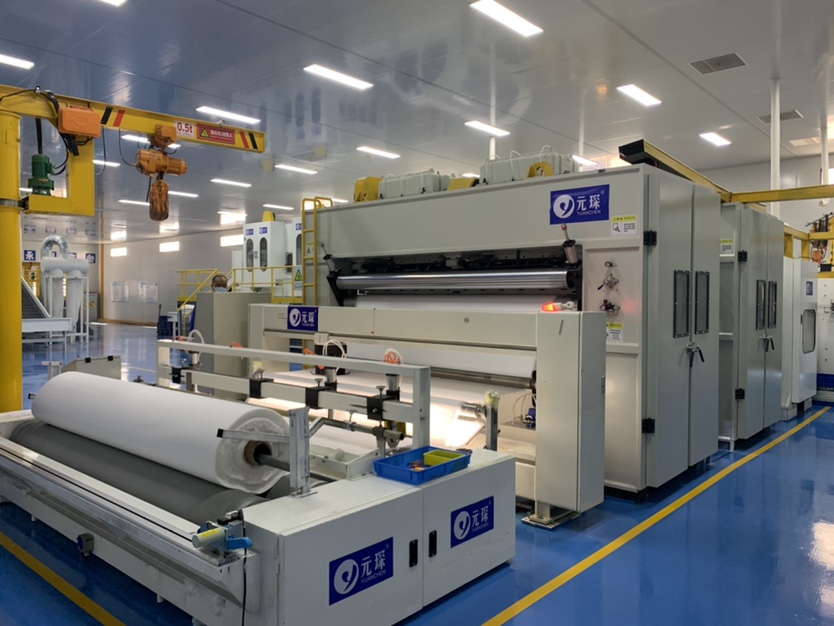
yuanchen’s filter fabric production line
As a source factory, Yuanchen offers competitive pricing without compromising on quality. Their commitment to innovation is evident in their independent laboratory and R&D center, where they continuously develop and improve their products.



